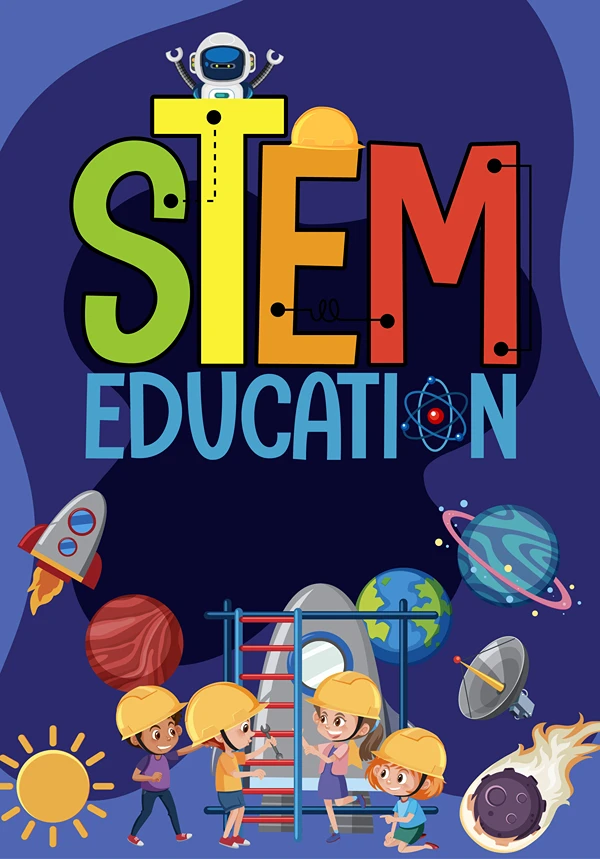How STEM Education Franchises Are Making Learning Fun for Kids
STEM (Science, Technology, Engineering, and Math) education has long been recognized as essential for preparing children for future careers. But let’s face it—if learning isn’t engaging, kids quickly lose interest. This is where STEM education franchises step in to revolutionize the traditional classroom experience.
By incorporating hands-on activities, interactive lessons, and creative experiments, they make learning not just effective but genuinely fun.
Beyond the Textbook
For many kids, STEM subjects can feel abstract and disconnected from their daily lives. STEM education franchises address this challenge by emphasizing hands-on learning. Whether it’s building robots, designing circuits, or coding interactive games, these activities allow children to see concepts come to life in exciting ways. Instead of simply reading about how electricity works, kids get to create functional circuits or light up an LED, making science tangible and memorable.
Experiments That Spark Curiosity
Few things capture a child’s imagination like experiments. STEM franchises often incorporate these into their programs to turn learning into an adventure. For example, students might explore chemical reactions by creating their own mini volcanoes or learn about physics by building and testing paper rockets. These activities not only teach scientific principles but also inspire curiosity and a sense of wonder.
By encouraging children to ask, “what if?” and “why?” these experiments lay the foundation for critical thinking and problem-solving—key skills for their academic and personal growth. More importantly, they make learning an experience kids eagerly anticipate, breaking the stereotype that education has to be dull or repetitive.
Interactive Lessons That Engage
Interactive lessons are another hallmark of STEM education franchises. Unlike traditional classroom settings where students passively absorb information, these programs encourage active participation. For instance, children might collaborate on designing a robot, troubleshoot coding errors in a game, or work together to solve an engineering challenge.
This collaborative, hands-on approach makes learning dynamic and inclusive. Kids get to experiment, test their ideas, and learn from their mistakes in a supportive environment. These experiences are not only engaging but also help children develop teamwork and communication skills—attributes that are as important as academic knowledge.
Fun Meets Functionality
One of the unique aspects of STEM education franchises is their ability to combine fun with functionality. Programs are designed to entertain while educating, ensuring that kids stay motivated and retain what they learn. For instance, coding lessons might involve creating animations or video games, tapping into kids’ natural interests while teaching them valuable programming skills.
Franchises like Stemtree in the United States excel at blending entertainment and education. Their multi-concept programs, such as robotics, electricity, and math, are tailored to provide engaging experiences that feel more like play than work. By making STEM enjoyable, they not only nurture a love for learning but also help kids build confidence in tackling complex concepts.
Fostering Creativity and Confidence
STEM education franchises do more than teach concepts—they empower children to think creatively and independently. Through projects and experiments, kids are encouraged to innovate and explore their ideas. This sense of autonomy builds confidence and fosters a growth mindset, teaching children that failure is simply a step toward success.
For example, a child designing a bridge in an engineering exercise might test various materials and structures to find the most stable solution. Even if the first attempt collapses, they learn to adapt and improve. These lessons go beyond STEM, instilling resilience and perseverance in kids—qualities that will serve them well throughout their lives.
Creating a Lifelong Love for Learning
When education feels like an adventure, it sparks a lifelong love for learning. STEM education franchises make this possible by turning complex subjects into enjoyable experiences. Kids leave each session with not only new knowledge but also a sense of accomplishment and excitement for the next challenge.
In the process, these franchises play a critical role in shaping the future. By engaging children at a young age and making STEM fun, they inspire the next generation of scientists, engineers, coders, and innovators.
Conclusion
STEM education franchises are changing the way children perceive learning. By offering hands-on activities, creative experiments, and interactive lessons, they make STEM subjects engaging and accessible to kids of all ages. Programs like those offered by Stemtree ensure that education is not only effective but also fun, sparking curiosity and enthusiasm in young learners. With this innovative approach, these franchises are not just preparing children for future success—they’re helping them enjoy the journey along the way.









